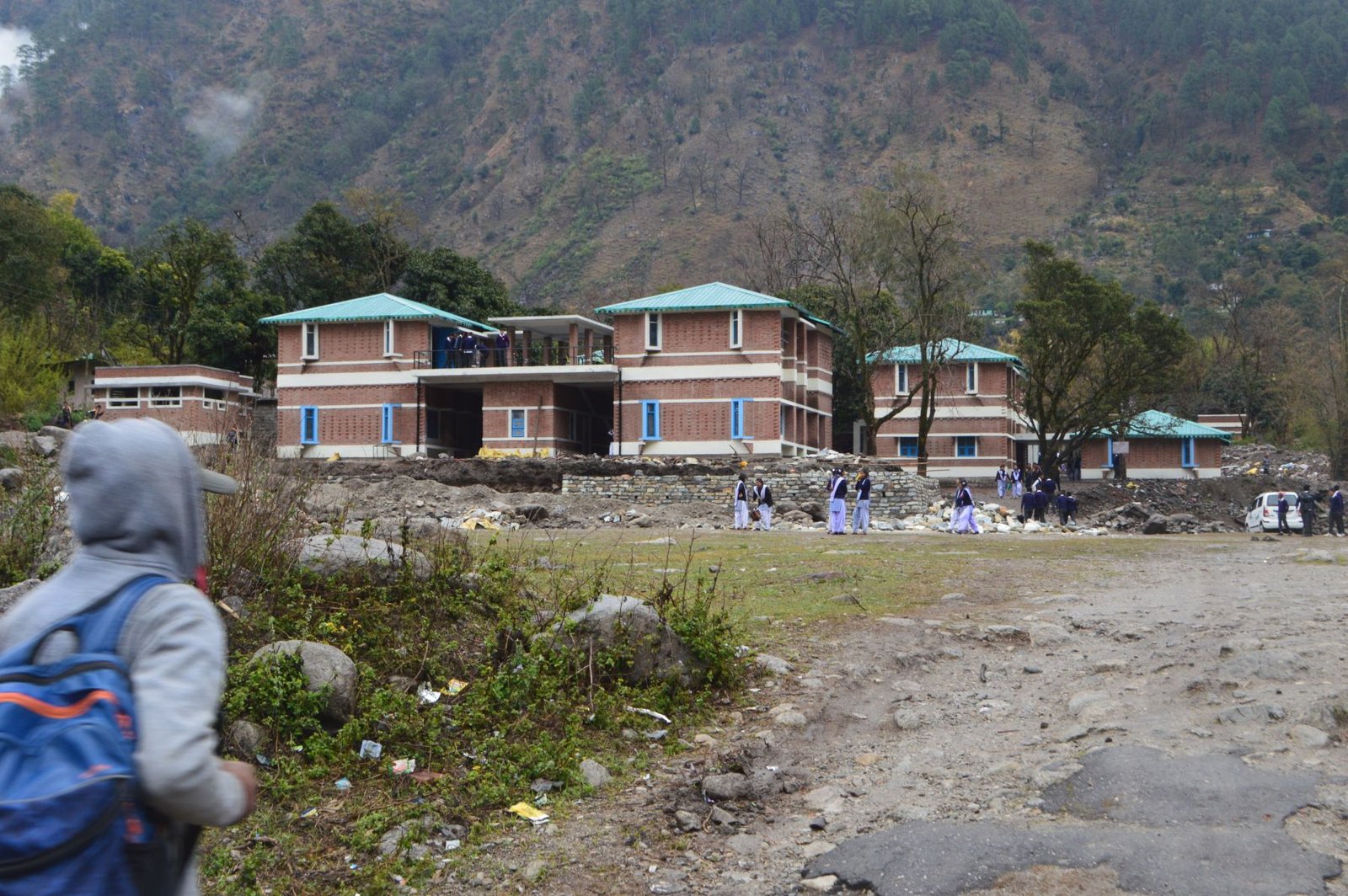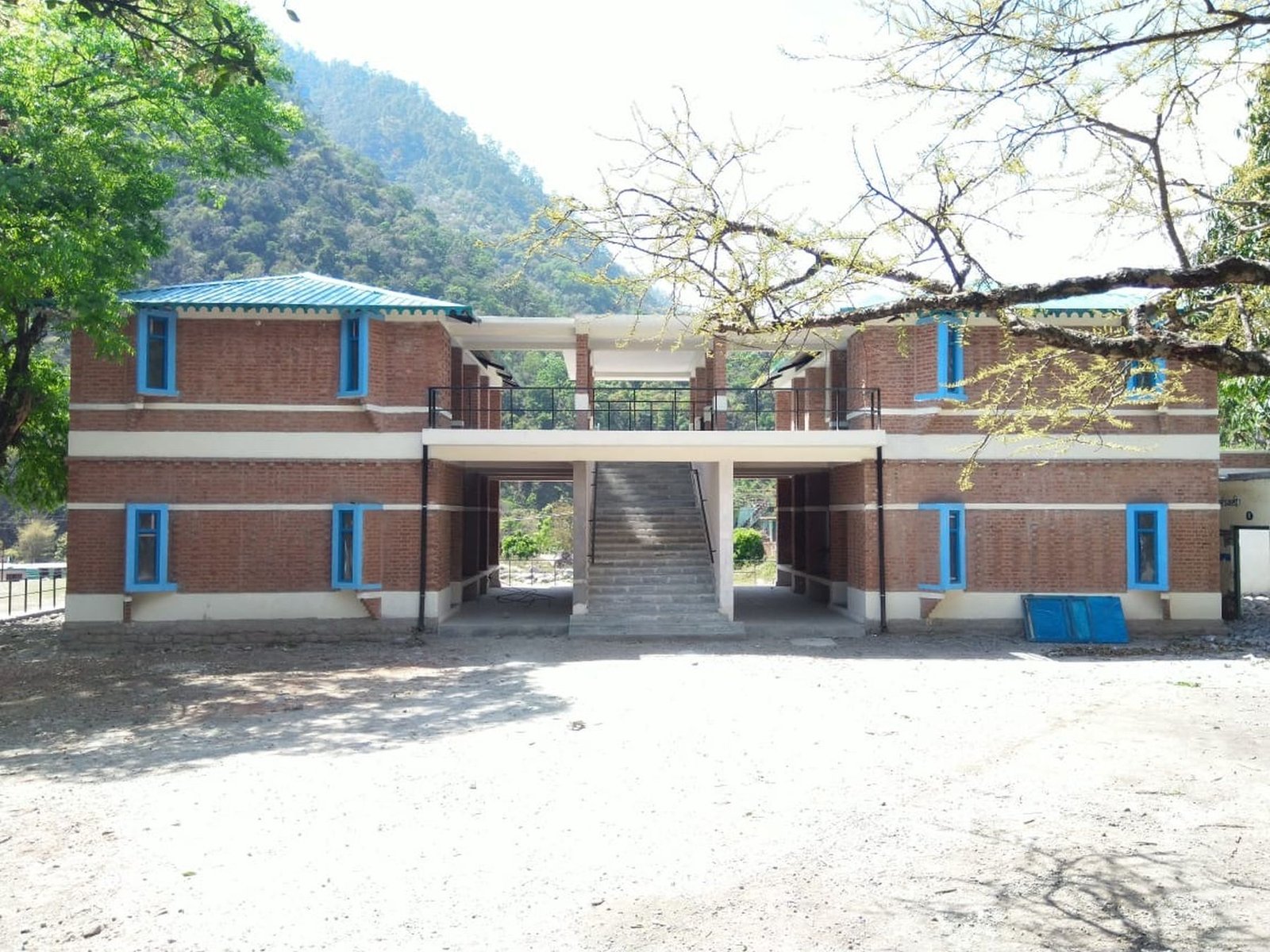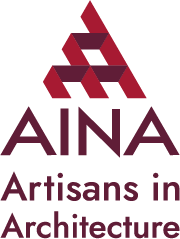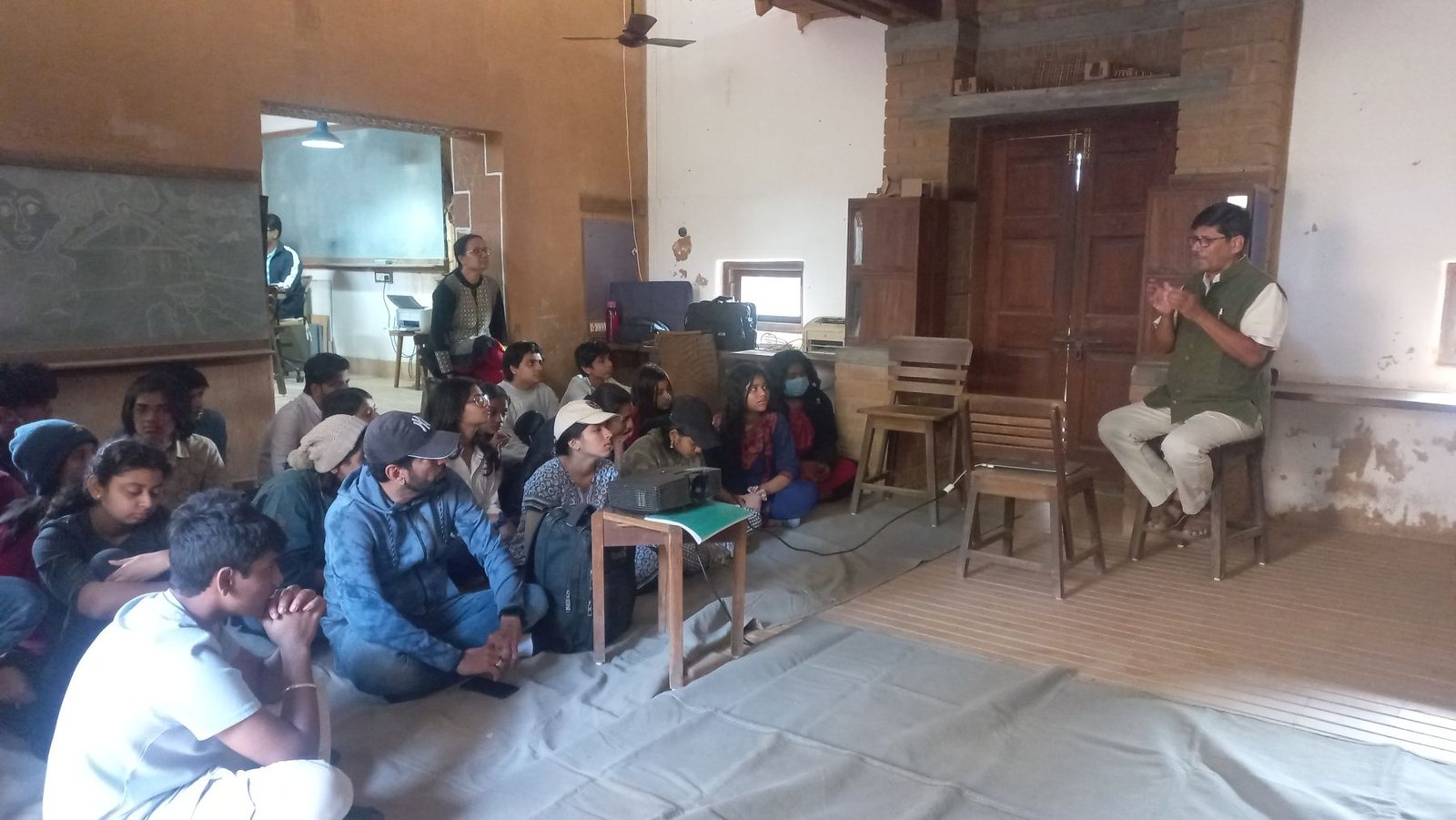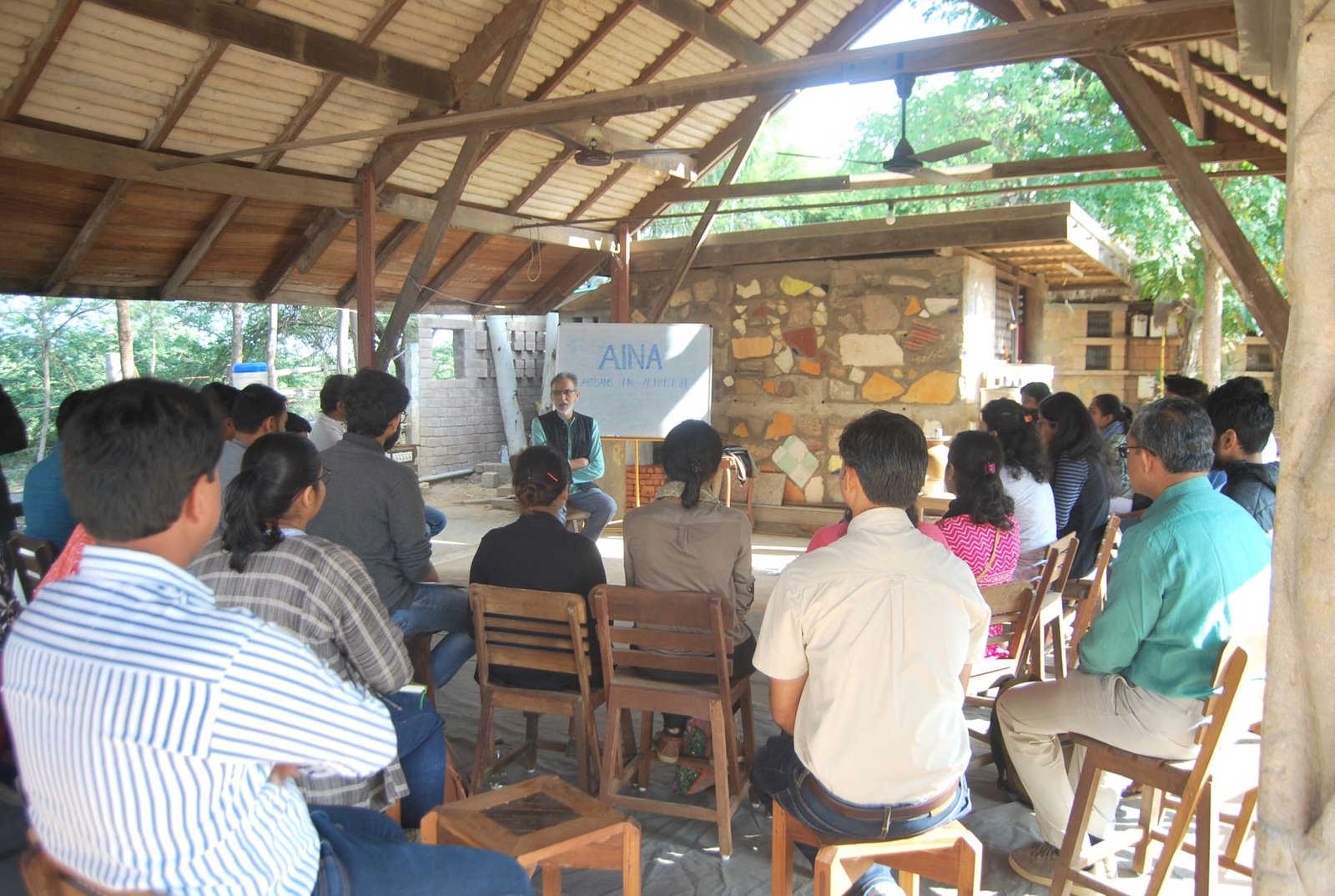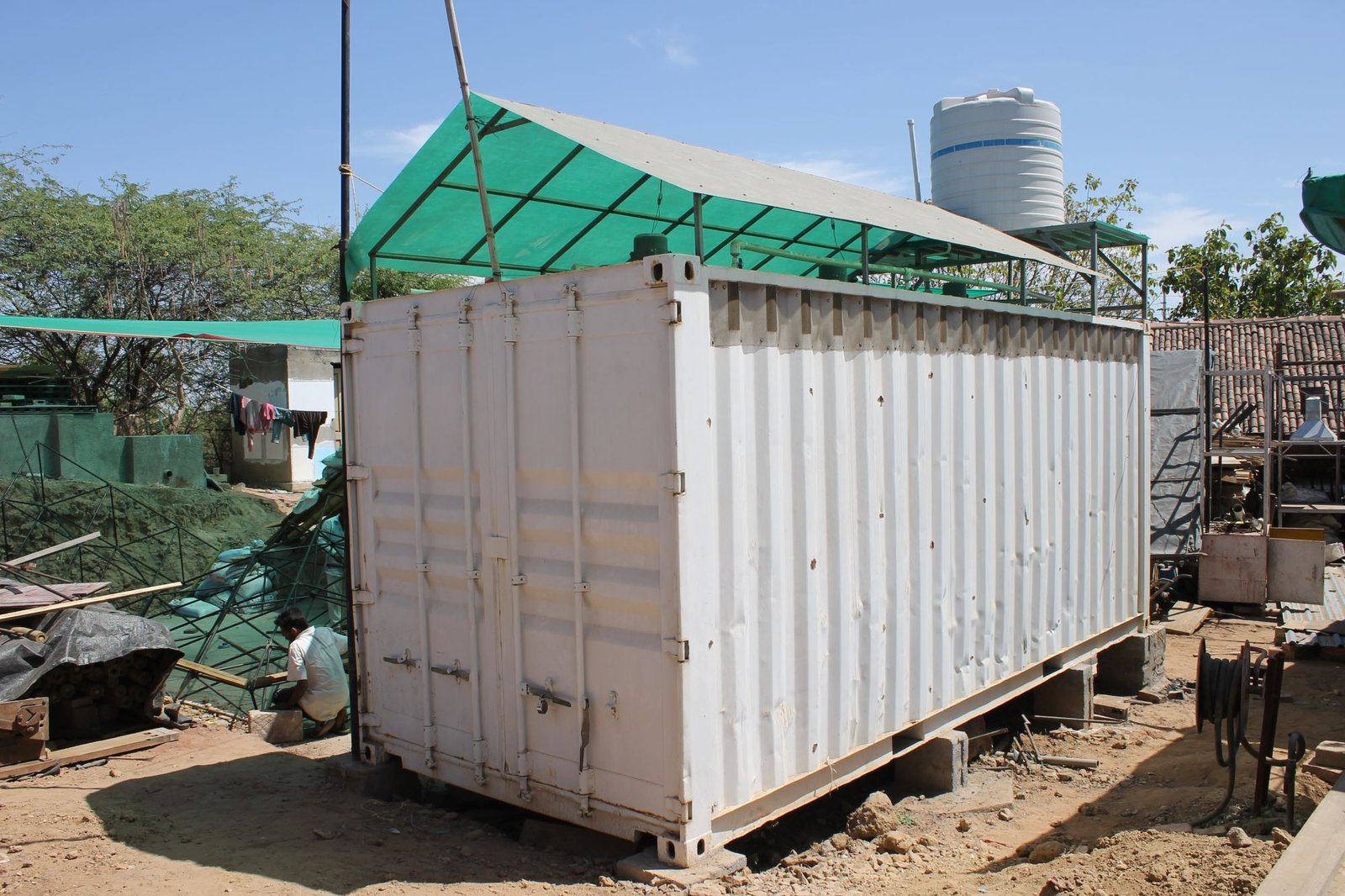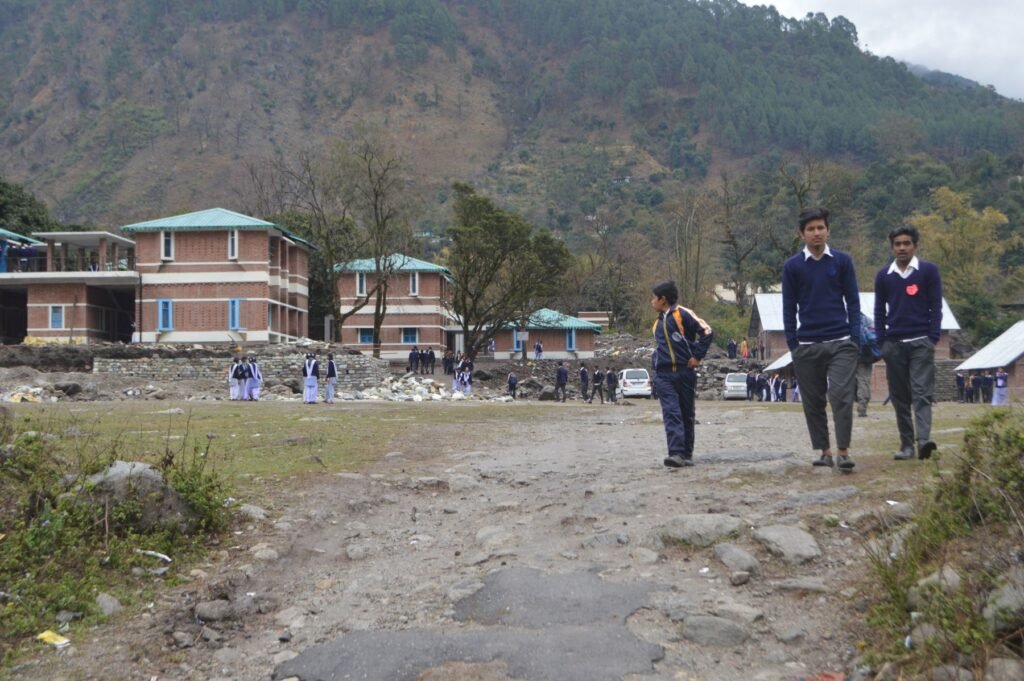
Established in 1962, the Government Inter-College at Baram (GIC Baram) is a renowned secondary and higher secondary school in Uttarakhand, India. Recognized as one of the hundred model schools by the government of Uttarakhand, it serves students from various villages within a 20-kilometer radius. The school is located on a site spanning approximately 1.5 hectares.
Baram, located in Uttarakhand, India, is a village in the Dharchula tehsil of Pithoragarh district. Situated at an altitude of 850 m, it is surrounded by the majestic Himalayan Mountain ranges and is characterised by a diverse topography. The village is positioned near the Dhauli Ganga river, with the village of Baram itself to the north-northeast. The site of the school is nestled in the scenic Baram village, and the site is enriched with mature trees offering a picturesque environment for learning.
The entire district exhibits varied seasons throughout the year. The study of climate helps understand the sun’s movement and altitude. Designing with this knowledge allows for comfortable spaces throughout the year, with sufficient winter sunlight and summer heat reduction.
The design process was carried out with three strategies: spatial organisation, climate response, materials, and technology.
The school design revolves around courtyards and simple blocks connected by platforms, creating a harmonious balance of indoor and outdoor spaces. This arrangement fosters an environment where students and teachers can enjoy the sun during harsh winters, often opting for open-air classrooms. The utilisation of the site’s natural contours minimises excavation work, while the slope enables easy access to the first floor with minimal climbing. Preserving the 73 existing trees further enhances the aesthetic and environmental value of the school.
The school’s expansive playing field serves as a rare attraction in the mountainous region, hosting regional sports activities, competitions, and social gatherings. The design not only maintains but also expands this crucial space. Safety measures were a priority, leading to load-bearing structures engineered to withstand earthquakes in Zone 5, complying with IS 4326:2013 standards.
To maximise natural light and minimise electricity usage, the orientation of all rooms optimises southern exposure. The foundation incorporates recycled stone salvaged from previous structures, while load-bearing walls employ exposed brick masonry, reducing the reliance on steel. For temporary structures, the innovative rat-trap bond masonry technique reduces material usage while improving thermal insulation.
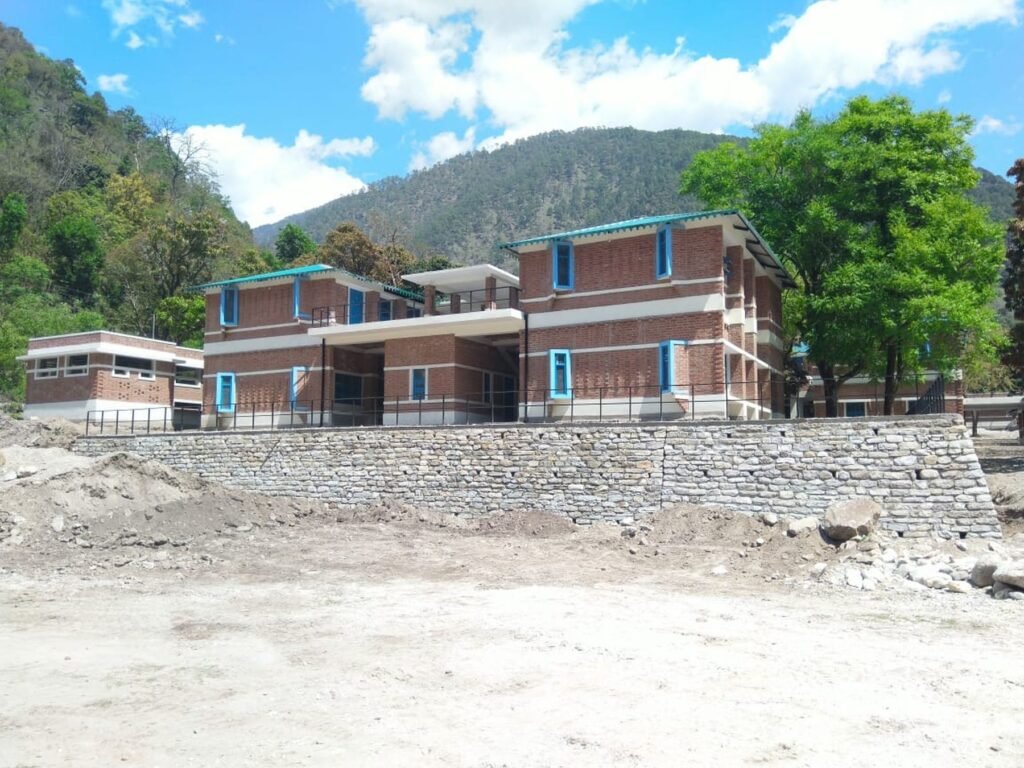
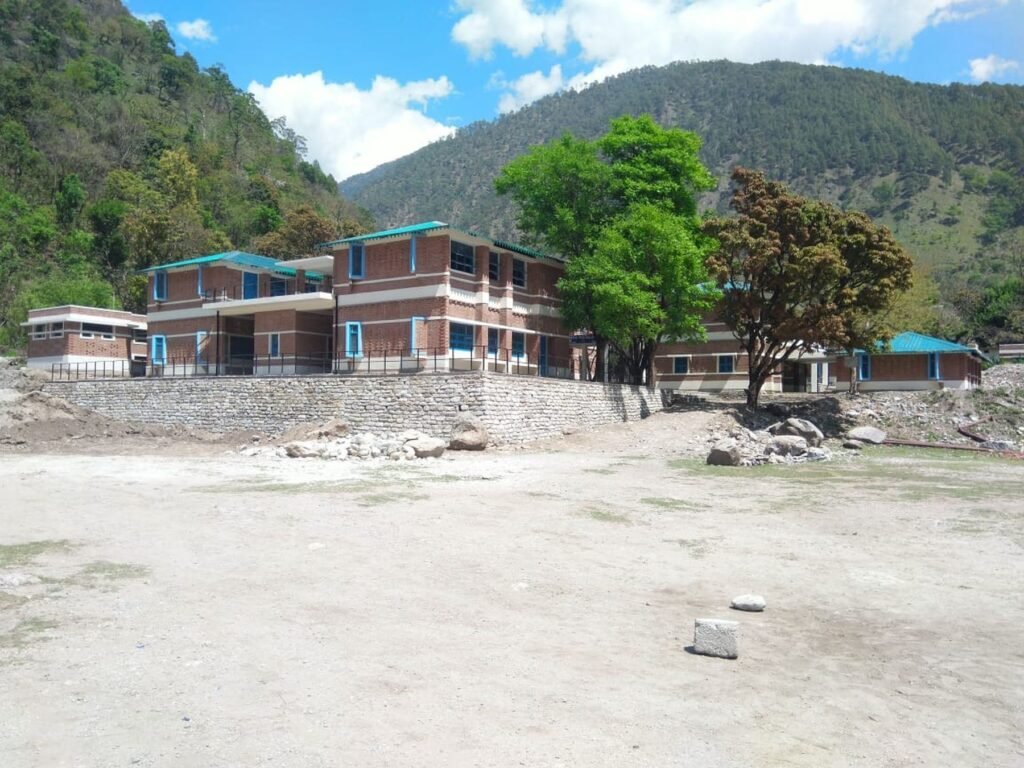
Roofing solutions include lightweight options, such as MS Hollow Sections and zinc-aluminium pre-coated steel sheets, resulting in efficient and durable roofing systems. The incorporation of shallow masonry domes, known as ‘daant ki chat,’ offers cost-effective and sustainable roofing with minimal steel usage. This approach, spanning 41 shallow domes across 500 square metres, significantly reduces the carbon footprint.
During construction, locals broke down 90% of the coarse aggregate on-site using excavated stones, promoting resourcefulness and reducing transportation needs. Salvaged stone, exposed brick masonry, and stone masonry foundations contribute to sustainability by minimising waste and reliance on new materials.
The school design exemplifies the integration of functionality, sustainability, and aesthetics. By embracing the natural landscape, utilizing local resources, and employing innovative construction techniques, the school serves as an inspiring and environmentally conscious educational space. The focus on open-air areas, preservation of trees, and emphasis on natural lighting and energy efficiency contribute to a comfortable and conducive learning environment. The school’s commitment to sustainability, evident in its low carbon footprint, efficient use of materials, and thoughtful design choices, sets a positive example for future educational facilities.
